Home>Technology>Security & Surveillance>How To Lock A Digital Door Lock
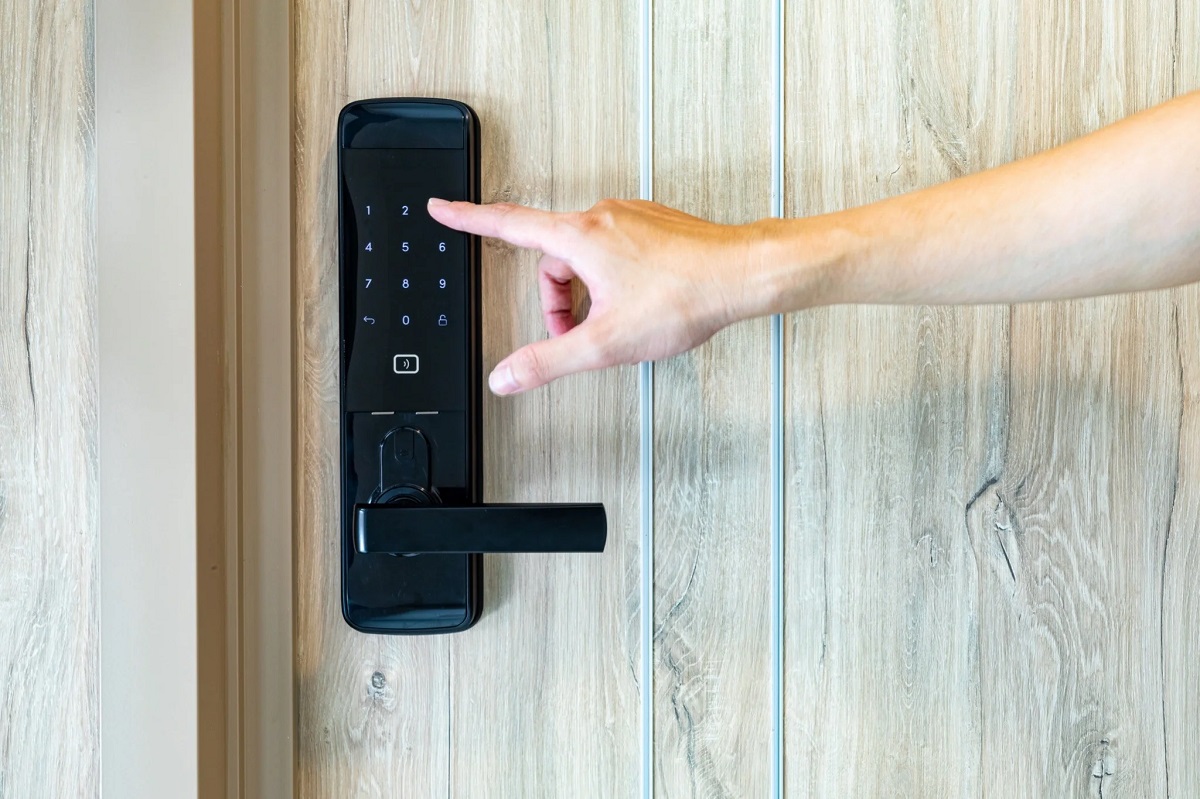

Security & Surveillance
How To Lock A Digital Door Lock
Modified: January 9, 2024
Learn the best techniques for locking a digital door lock to enhance your security and surveillance. Discover how to secure your property effectively.
(Many of the links in this article redirect to a specific reviewed product. Your purchase of these products through affiliate links helps to generate commission for Storables.com, at no extra cost. Learn more)
Introduction
Welcome to the future of home security! In today's digital age, the traditional lock and key have evolved into sophisticated digital door locks that offer unparalleled convenience, flexibility, and peace of mind. Whether you're a tech enthusiast, a security-conscious homeowner, or a business owner looking for advanced access control solutions, digital door locks have something to offer for everyone.
In this comprehensive guide, we will delve into the world of digital door locks, exploring their various types, installation processes, setup procedures, usage tips, troubleshooting techniques, and maintenance practices. By the end of this journey, you will have a solid understanding of how to harness the power of digital door locks to fortify your property's security while embracing the benefits of modern technology.
So, fasten your seatbelt, as we embark on an illuminating exploration of digital door locks, unlocking the secrets to a safer and smarter living experience. Whether you're a newcomer to the digital security realm or a seasoned enthusiast, this guide will equip you with the knowledge and skills to make the most of your digital door lock investment. Let's dive in and discover the fascinating world of digital door locks together!
Key Takeaways:
- Embrace the future of home security with digital door locks, offering convenience, advanced features, and seamless integration with smart home systems for a safer living experience.
- From keypad locks to biometric solutions, digital door locks cater to diverse security needs, providing versatile access methods and easy installation for homes and businesses.
Understanding Digital Door Locks
Digital door locks, also known as electronic or smart locks, have revolutionized the way we secure our homes and businesses. Unlike traditional mechanical locks, digital door locks utilize electronic and technological components to control access, offering a higher level of security and convenience. These advanced locks come in various forms, including keypad locks, biometric locks, Bluetooth-enabled locks, and Wi-Fi-connected smart locks.
One of the key benefits of digital door locks is their versatility. They can be installed on a wide range of entry points, including front doors, back doors, interior doors, and even gates. This adaptability makes them a popular choice for residential, commercial, and industrial applications.
Furthermore, digital door locks offer multiple access methods, such as PIN codes, fingerprint recognition, key cards, mobile apps, and remote access capabilities. This flexibility allows users to choose the most convenient and secure way to unlock their doors, eliminating the need for physical keys and the associated security risks.
From a security standpoint, digital door locks provide advanced features such as tamper alerts, auto-locking mechanisms, and activity logs, giving users greater control over access and enhancing overall security. Additionally, many smart locks integrate seamlessly with home automation systems, enabling users to incorporate access control into their smart home ecosystem.
Understanding the inner workings and capabilities of digital door locks is essential for making informed decisions about their selection, installation, and usage. In the following sections, we will explore the various types of digital door locks, their installation processes, setup procedures, and best practices for maximizing their security benefits.
Now that we have laid the foundation for understanding digital door locks, it’s time to delve into the specific types of locks available in the market, each offering unique features and functionalities to cater to diverse security needs and preferences.
Types of Digital Door Locks
When it comes to digital door locks, the market offers a diverse array of options, each designed to cater to specific security requirements and user preferences. Understanding the various types of digital door locks is crucial for selecting the most suitable solution for your home or business. Let’s explore some of the most popular types of digital door locks available today:
- Keypad Locks: Keypad locks are one of the most common types of digital door locks. They feature a numeric keypad that allows users to enter a PIN code to gain access. These locks are ideal for homeowners and businesses seeking a straightforward and cost-effective electronic locking solution.
- Biometric Locks: Biometric locks utilize advanced fingerprint recognition technology to grant access. By scanning and verifying authorized fingerprints, these locks offer a high level of security and convenience. Biometric locks are often favored for their quick and reliable access control capabilities.
- Bluetooth-Enabled Locks: These locks leverage Bluetooth connectivity to enable seamless unlocking using a paired smartphone or other authorized Bluetooth devices. With the use of dedicated mobile apps, users can manage access permissions and monitor lock activity remotely.
- Wi-Fi-Connected Smart Locks: Smart locks equipped with Wi-Fi connectivity allow for remote access and control via the internet. Users can lock or unlock their doors from anywhere using a smartphone or a web interface, adding a new level of convenience and security to their access control system.
- Keyless Entry Systems: Keyless entry systems encompass a wide range of digital locking solutions that eliminate the need for traditional keys. These systems may incorporate various access methods, including RFID key cards, key fobs, and mobile credentials, providing users with flexible and key-free access options.
Each type of digital door lock offers distinct advantages and features, catering to different user preferences and security needs. Whether you prioritize convenience, advanced security features, or seamless integration with smart home systems, there’s a digital door lock type that aligns with your requirements.
As we continue our exploration, we’ll delve into the installation processes for these digital door locks, shedding light on the steps involved in bringing these advanced security solutions to your doorsteps.
Installation of Digital Door Locks
Installing a digital door lock is a straightforward process that typically requires basic tools and minimal technical expertise. While the specific steps may vary depending on the type and model of the lock, the following general guidelines can help you understand the installation process for most digital door locks:
- Assess the Door Compatibility: Before purchasing a digital door lock, ensure that it is compatible with your door type and size. Most digital locks are designed to fit standard door preparations, but it’s essential to verify the compatibility to avoid installation issues.
- Prepare the Door: Remove the existing lock and handle, if applicable, and prepare the door surface for the new digital lock installation. Follow the manufacturer’s instructions for any specific door preparation requirements.
- Mount the Lock: Position the digital lock on the door according to the provided template or guidelines. Secure the lock in place using the included screws and mounting hardware. Ensure that the lock is aligned properly and level on the door surface.
- Connect Components: If the digital lock requires additional components, such as a strike plate or wiring for electronic features, follow the manufacturer’s instructions to connect these elements securely and according to the provided guidelines.
- Power Source: Depending on the lock type, it may require a power source, such as batteries or wired electrical connections. Install the required power source as per the lock’s specifications, ensuring a reliable and uninterrupted power supply.
- Test the Lock: Once the installation is complete, test the digital door lock to ensure that it operates smoothly and all features, including access methods and locking mechanisms, function as intended. Make any necessary adjustments to ensure proper functionality.
It’s important to note that some digital door locks may have specific installation requirements or additional steps, especially for advanced features such as Wi-Fi or Bluetooth connectivity. Always refer to the manufacturer’s installation instructions and guidelines for your specific lock model to ensure a successful and secure installation.
With the digital door lock securely installed, you are now ready to proceed with the setup and configuration process, which involves programming access codes, fingerprints, or digital keys, depending on the lock’s capabilities. In the next section, we will explore the essential steps for setting up and customizing your digital door lock to suit your security preferences and access control needs.
Setting Up a Digital Door Lock
Once your digital door lock is securely installed, the next crucial step is to set it up and customize its features to align with your security preferences and access control requirements. The setup process may vary based on the type and capabilities of the lock, but the following general steps will guide you through the essential setup procedures:
- Access Code Programming: For keypad locks and keyless entry systems, programming access codes is a fundamental step. Follow the manufacturer’s instructions to set up unique PIN codes for authorized users, ensuring that the codes are easy to remember yet sufficiently secure.
- Biometric Enrollment: If your lock features biometric capabilities, such as fingerprint recognition, enroll authorized fingerprints into the lock’s memory. This process typically involves scanning and storing the fingerprints of authorized users for seamless and secure access.
- Connectivity Configuration: For Bluetooth-enabled and Wi-Fi-connected smart locks, configure the lock’s connectivity settings. Pair the lock with your smartphone or other authorized devices, and if applicable, set up remote access capabilities through dedicated mobile apps or web interfaces.
- Access Control Customization: Many digital door locks offer advanced access control customization options. Take advantage of features such as temporary access codes, scheduled access periods, and user-specific permissions to tailor the lock’s functionality to your specific requirements.
- Integration with Smart Home Systems: If you have a smart home ecosystem, explore the integration options for your digital door lock. Some locks can seamlessly integrate with popular smart home platforms, allowing you to incorporate access control into your connected home environment.
During the setup process, it’s essential to prioritize security and user convenience. Choose access codes or biometric credentials that are easy to manage and remember while maintaining a high level of protection against unauthorized access attempts. Additionally, take advantage of any advanced features offered by your digital door lock to enhance the overall security and accessibility of your property.
Once the setup is complete, thoroughly test the lock’s functionality to ensure that all programmed access methods work as intended. Verify that remote access, if applicable, functions reliably, and that the lock seamlessly integrates with any connected devices or smart home systems.
With your digital door lock fully set up and customized, you are now equipped with a sophisticated access control solution that offers convenience, security, and peace of mind. In the subsequent sections, we will delve into the practical aspects of using and maintaining digital door locks, empowering you to make the most of your investment in advanced home security technology.
When locking a digital door lock, always make sure to use a strong and unique passcode to prevent unauthorized access. Avoid using easily guessable codes like birthdays or simple number sequences.
Read more: How To Lock Bedroom Door Without A Lock
Using a Digital Door Lock
Now that your digital door lock is installed and set up, it’s time to explore the seamless and secure experience of using this advanced access control solution. Whether you opt for a keypad lock, a biometric lock, a Bluetooth-enabled lock, or a Wi-Fi-connected smart lock, the fundamental principles of using a digital door lock remain consistent across various types. Let’s delve into the practical aspects of utilizing your digital door lock effectively:
- Access Methods: Familiarize yourself and authorized users with the designated access methods, whether it’s entering PIN codes, scanning fingerprints, using mobile apps, or employing Bluetooth connectivity. Ensure that everyone who needs access understands the appropriate methods for unlocking the door.
- Secure Code Management: If your lock utilizes PIN codes, emphasize the importance of securely managing and safeguarding these codes. Encourage users to choose unique and memorable codes while avoiding easily guessable combinations to enhance security.
- Biometric Access: For biometric locks, ensure that enrolled fingerprints are regularly updated and maintained for optimal performance. Educate users on the correct finger placement and scanning techniques to ensure reliable and swift access.
- Remote Access: If your lock offers remote access capabilities, such as unlocking via a smartphone app or web interface, familiarize yourself with the procedures for securely managing remote access and monitoring the lock’s activity from anywhere.
- Auto-Locking Features: Take advantage of any auto-locking features offered by your digital door lock to enhance security. Configure the lock to automatically engage after a specified period, providing added peace of mind for ensuring that the door is always securely locked.
- Guest Access and Temporary Codes: Utilize features that enable temporary access codes for guests or service providers. Many digital door locks offer the flexibility to generate one-time or time-limited codes, allowing temporary access without compromising long-term security.
Consistent user education and communication are essential for maximizing the benefits of your digital door lock. Ensure that all authorized users understand the lock’s operation, security best practices, and any specific guidelines for using and managing access methods effectively.
By incorporating these practical tips into your daily routine, you can fully embrace the convenience and security offered by your digital door lock. In the subsequent section, we will address common issues and troubleshooting techniques, empowering you to swiftly resolve any potential challenges and ensure uninterrupted functionality of your digital door lock.
Troubleshooting Common Issues
While digital door locks offer advanced security and convenience, occasional issues may arise that require troubleshooting to ensure smooth operation. By familiarizing yourself with common problems and their solutions, you can swiftly address any challenges that may affect the functionality of your digital door lock. Here are some common issues and troubleshooting techniques to help you maintain the optimal performance of your lock:
- Unresponsive Keypad or Touchscreen: If the keypad or touchscreen of your digital lock becomes unresponsive, check the power source, such as battery levels or electrical connections. Replace the batteries if they are low, and ensure that the lock’s power supply is stable and reliable.
- Biometric Recognition Failures: For biometric locks, occasional recognition failures may occur due to factors such as dirt or moisture on the fingerprint scanner. Regularly clean the scanner surface with a soft, dry cloth to maintain optimal recognition performance.
- Bluetooth or Wi-Fi Connectivity Issues: If your smart lock experiences connectivity problems, verify that the lock is within range of the paired device or Wi-Fi network. Check for any interference or network issues that may affect the lock’s communication with connected devices.
- Auto-Locking Malfunctions: If the auto-locking feature of your digital door lock malfunctions, review the lock’s settings and adjust the auto-lock duration if necessary. Ensure that the door’s alignment and operation are smooth to prevent any impediments to the auto-locking mechanism.
- Remote Access Troubles: When encountering difficulties with remote access, such as unlocking via a mobile app, troubleshoot the internet connection and the app’s settings. Ensure that the lock’s firmware and the app are updated to the latest versions for optimal functionality.
- Low Battery Warnings: If your lock displays low battery warnings, promptly replace the batteries or recharge the power source according to the manufacturer’s recommendations. Maintaining a reliable power supply is crucial for uninterrupted operation.
Regular maintenance and proactive troubleshooting can prevent minor issues from escalating and ensure that your digital door lock operates smoothly and reliably. Additionally, referring to the lock’s user manual and contacting the manufacturer’s support team can provide valuable insights and assistance in resolving more complex issues.
By staying informed about common issues and implementing effective troubleshooting strategies, you can maintain the optimal performance of your digital door lock, enhancing the security and convenience it provides for your home or business.
In the final section of our guide, we will delve into the essential practices for maintaining and caring for digital door locks, ensuring their longevity and sustained reliability as integral components of your security infrastructure.
Maintenance and Care for Digital Door Locks
Proper maintenance and care are essential for preserving the functionality and longevity of your digital door lock, ensuring that it continues to provide reliable security and convenience. By incorporating regular maintenance practices and adopting careful handling habits, you can maximize the performance and lifespan of your lock. Here are key maintenance guidelines and care practices for digital door locks:
- Regular Cleaning: Keep the lock’s surfaces, including keypads, touchscreens, and biometric scanners, clean and free from dirt, dust, and debris. Use a soft, dry cloth to gently wipe the surfaces and prevent buildup that may affect performance.
- Battery Maintenance: If your lock operates on batteries, monitor the battery levels regularly and replace them as needed. Consider using high-quality, long-lasting batteries to minimize the frequency of replacements and ensure consistent power supply.
- Check for Wear and Tear: Periodically inspect the lock’s components, such as buttons, keypads, and moving parts, for signs of wear and tear. Address any visible damage or deterioration promptly to prevent potential operational issues.
- Secure Installation: Ensure that the lock is securely mounted and aligned on the door, with all components fastened according to the manufacturer’s guidelines. Regularly check for any loose screws or mounting hardware and tighten them as necessary.
- Environmental Protection: Shield the lock from exposure to extreme environmental conditions, such as direct sunlight, moisture, or temperature fluctuations, which may impact its performance and durability. Consider installing protective covers or shades if needed.
- Firmware Updates: Stay informed about firmware updates and security patches released by the lock’s manufacturer. Regularly update the lock’s firmware and associated mobile apps to benefit from enhanced features and security enhancements.
By integrating these maintenance practices into your routine, you can uphold the optimal functionality and reliability of your digital door lock, ensuring that it remains a steadfast component of your property’s security infrastructure.
Furthermore, adopting careful handling habits, such as avoiding excessive force when operating the lock and refraining from using harsh cleaning agents, contributes to the long-term preservation of its components and mechanisms.
With regular maintenance and attentive care, your digital door lock will continue to deliver the security, convenience, and peace of mind that you rely on, safeguarding your property with unwavering efficiency.
As we conclude our comprehensive guide, we trust that the knowledge and insights shared will empower you to harness the full potential of digital door locks, elevating your security measures and embracing the benefits of advanced access control technology.
Conclusion
Congratulations on completing this enlightening journey into the realm of digital door locks, where innovation meets security to redefine access control in modern homes and businesses. Throughout this comprehensive guide, we have unraveled the intricacies of digital door locks, exploring their diverse types, installation processes, setup procedures, practical usage, troubleshooting techniques, and essential maintenance practices.
By delving into the world of digital door locks, you have gained a deeper understanding of their versatile capabilities, from keypad locks and biometric solutions to Bluetooth-enabled and Wi-Fi-connected smart locks. You now possess the knowledge to make informed decisions when selecting, installing, and customizing a digital door lock that aligns with your unique security requirements and preferences.
As you embark on your journey with a digital door lock, remember the importance of user education, proactive maintenance, and careful handling to ensure the optimal performance and longevity of your lock. By incorporating these best practices into your security regimen, you can fully leverage the convenience, reliability, and advanced features that digital door locks offer.
Whether you seek enhanced security for your residence, seamless access control for your business, or the integration of smart home technology, digital door locks stand as a testament to the evolution of traditional security measures into sophisticated, tech-forward solutions.
As you embrace the future of home security and access control, may your experience with digital door locks be marked by convenience, peace of mind, and a seamless blend of cutting-edge technology with unwavering security.
Thank you for accompanying us on this illuminating exploration of digital door locks. We trust that the knowledge and insights gained will serve as a beacon, guiding you toward a safer, smarter, and more secure living experience.
Farewell, and may your digital door lock open the doors to a future where security and innovation converge seamlessly.
Frequently Asked Questions about How To Lock A Digital Door Lock
Was this page helpful?
At Storables.com, we guarantee accurate and reliable information. Our content, validated by Expert Board Contributors, is crafted following stringent Editorial Policies. We're committed to providing you with well-researched, expert-backed insights for all your informational needs.
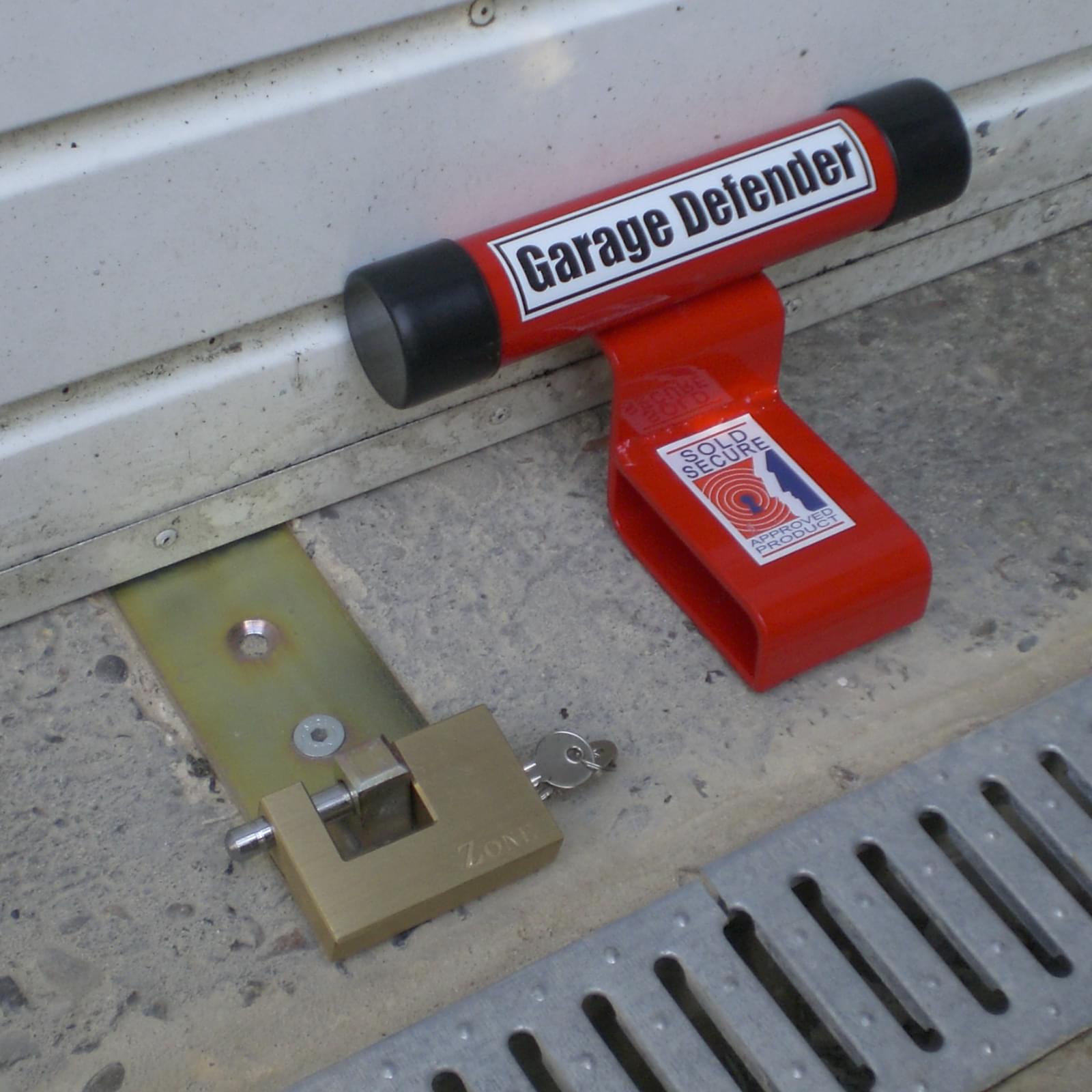
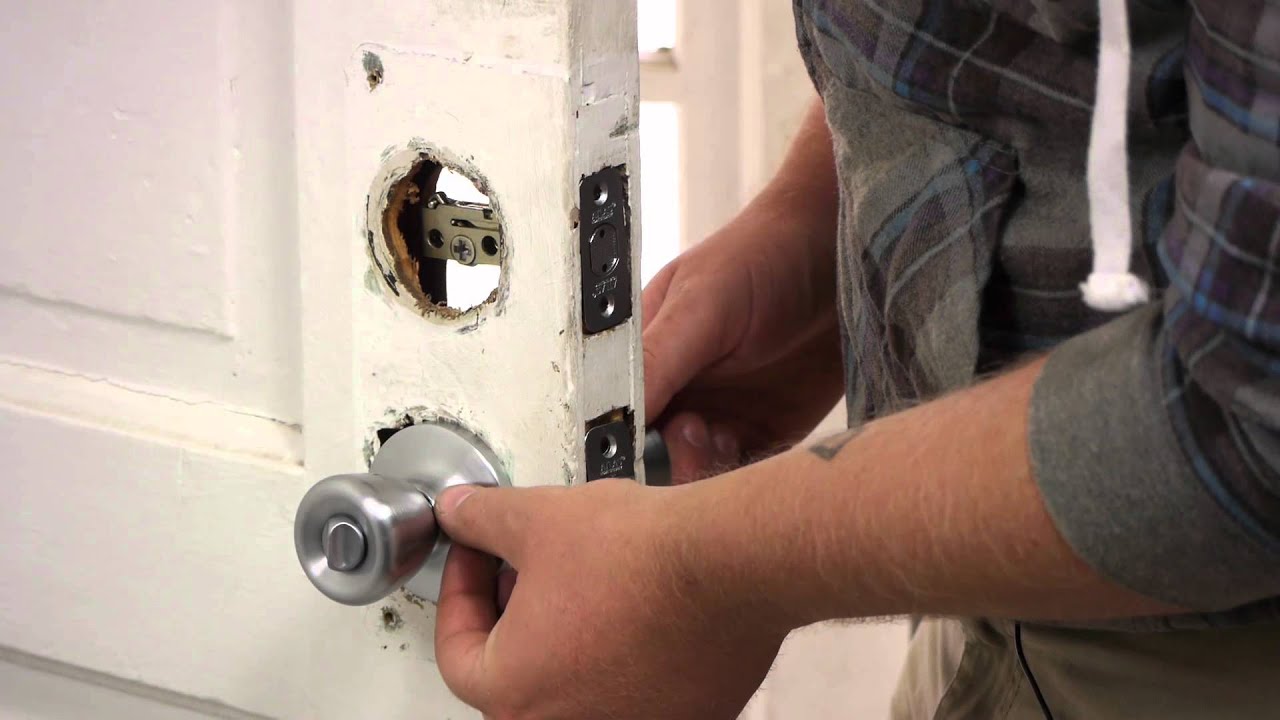
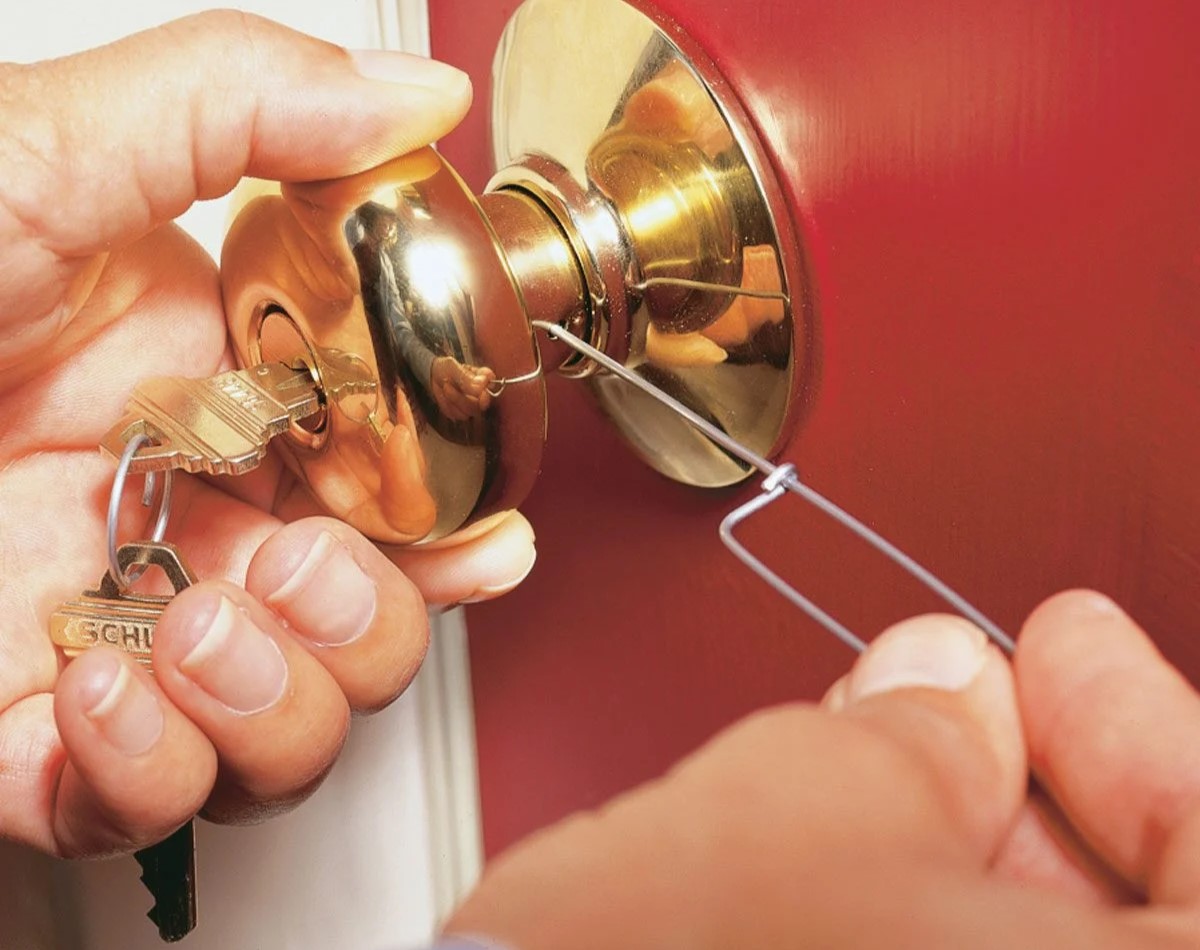
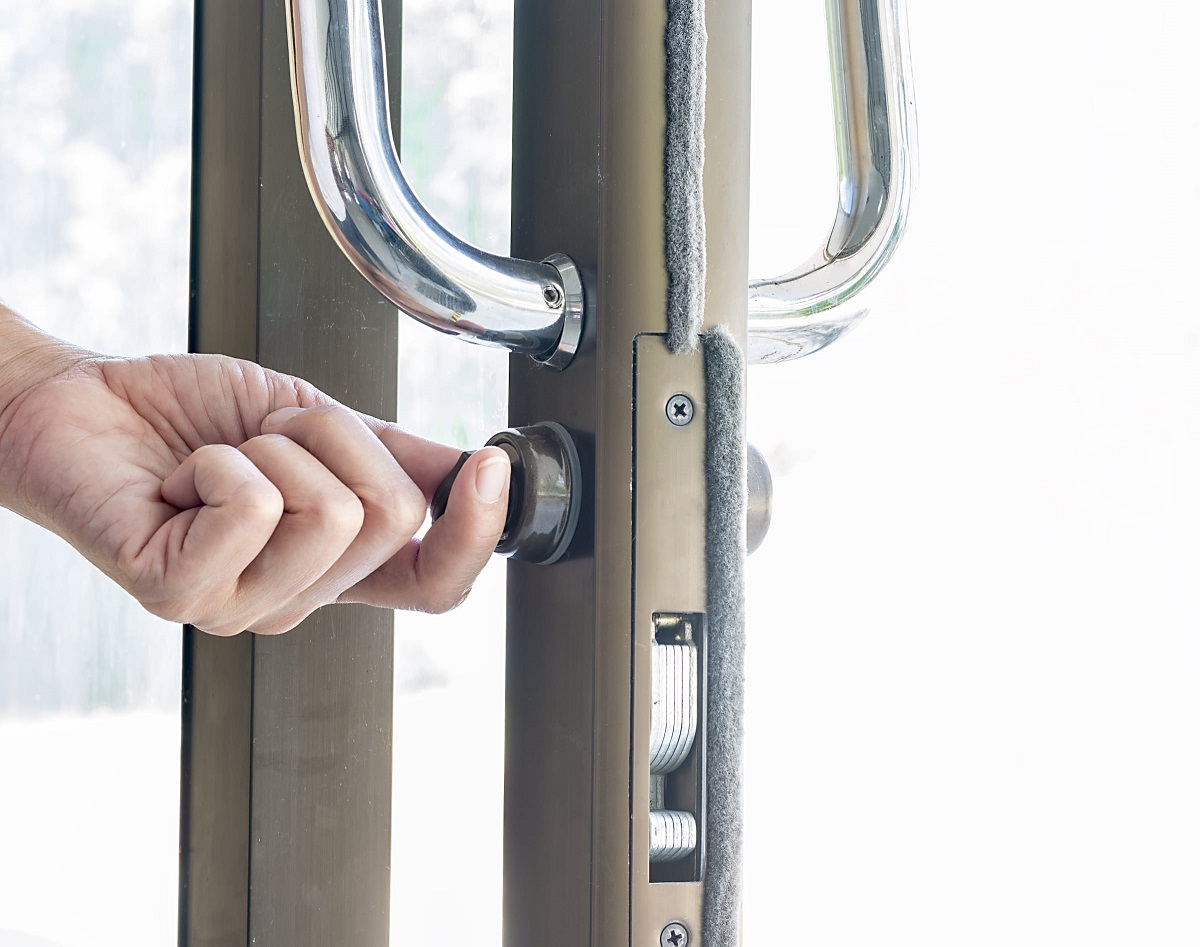
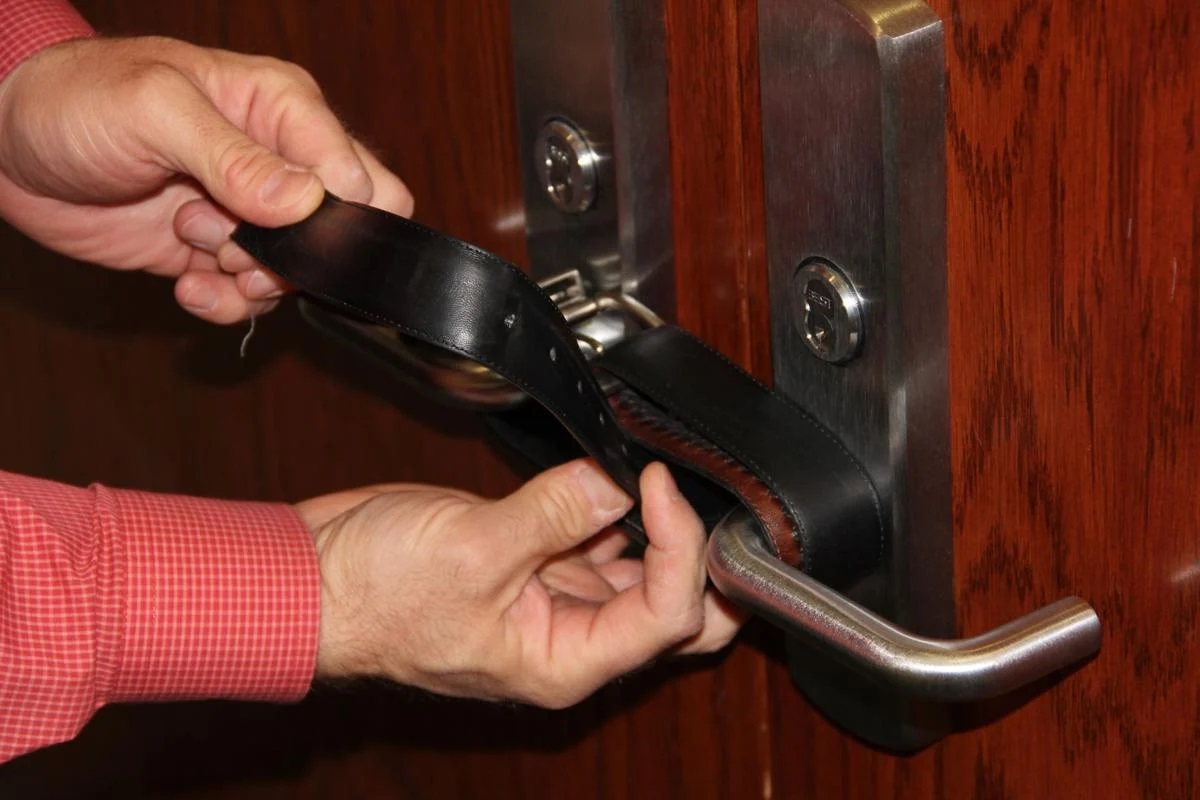
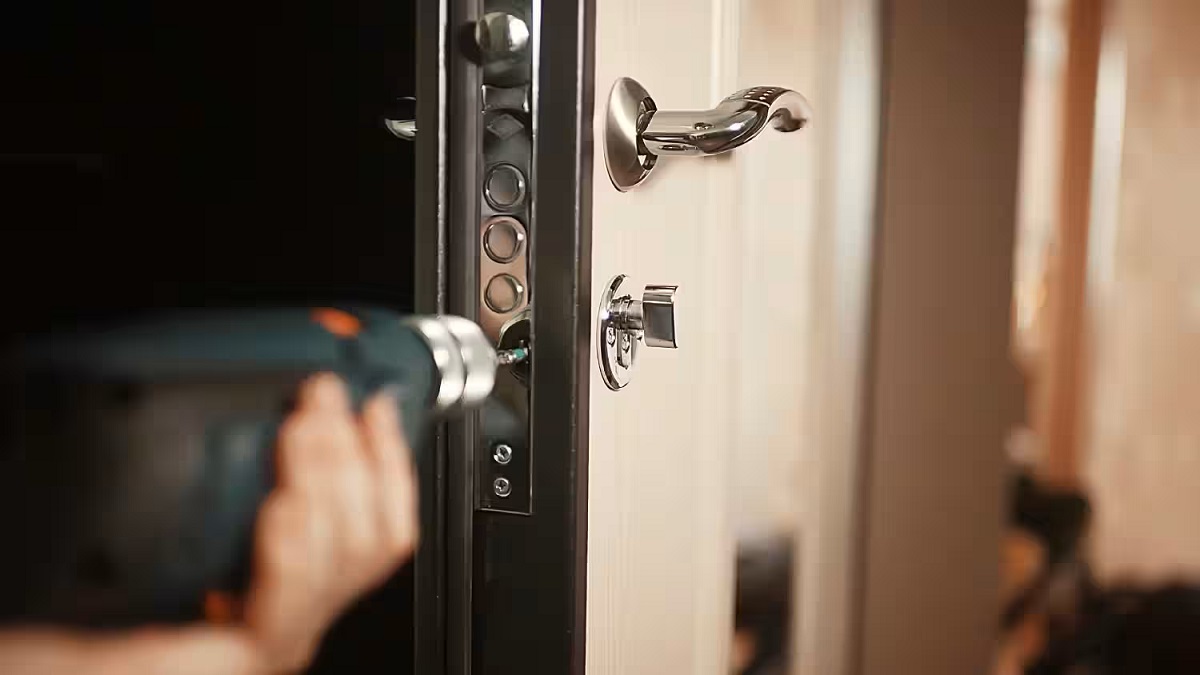
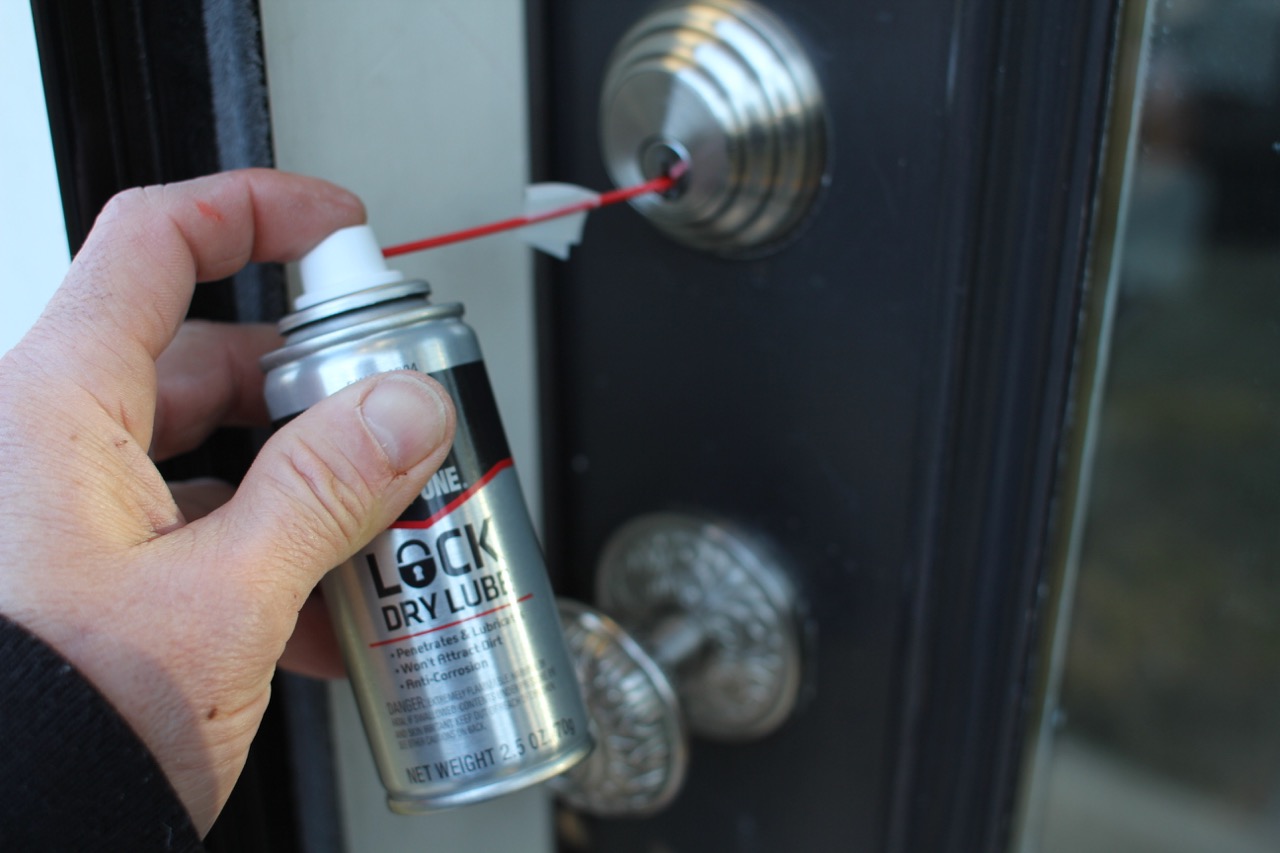
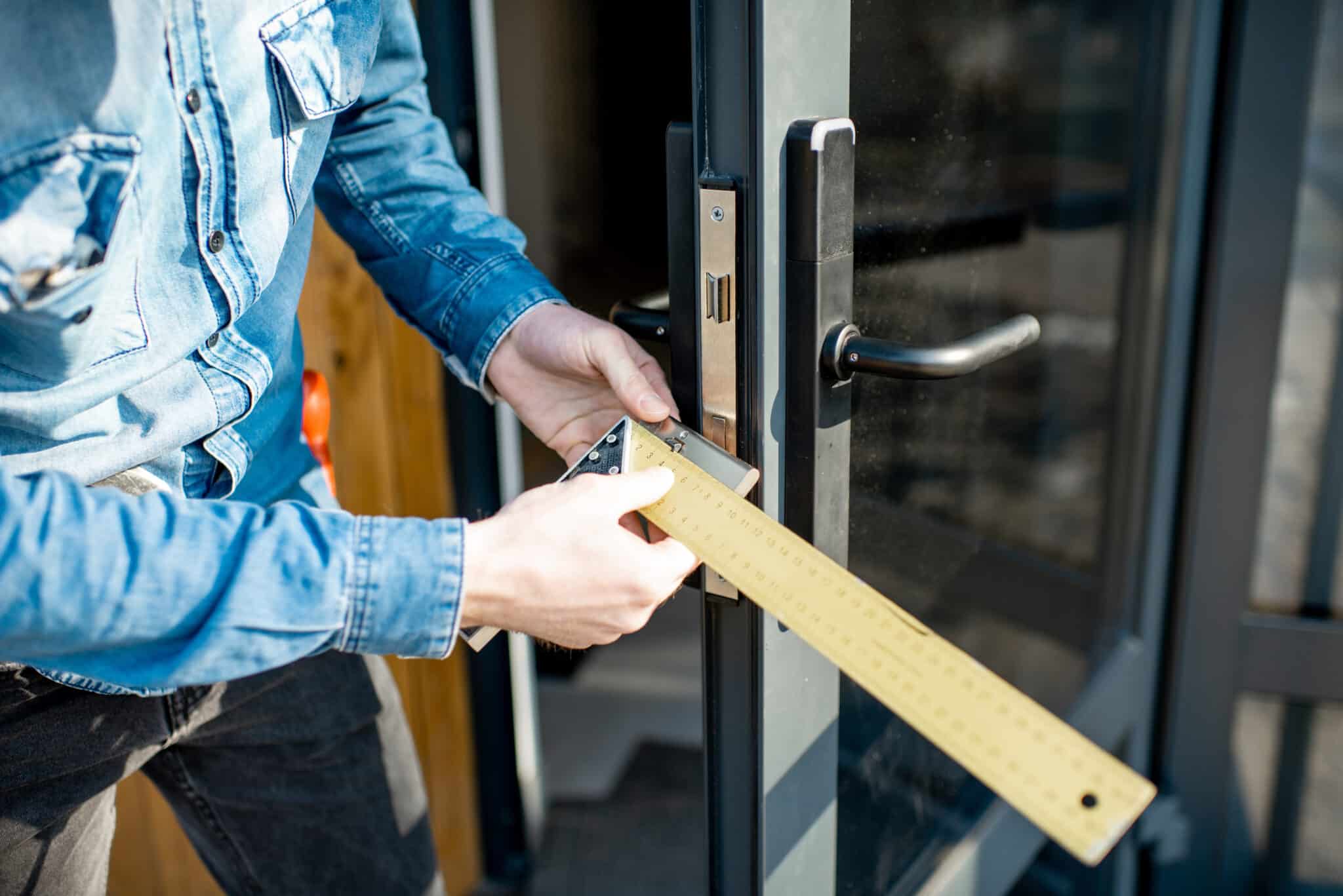
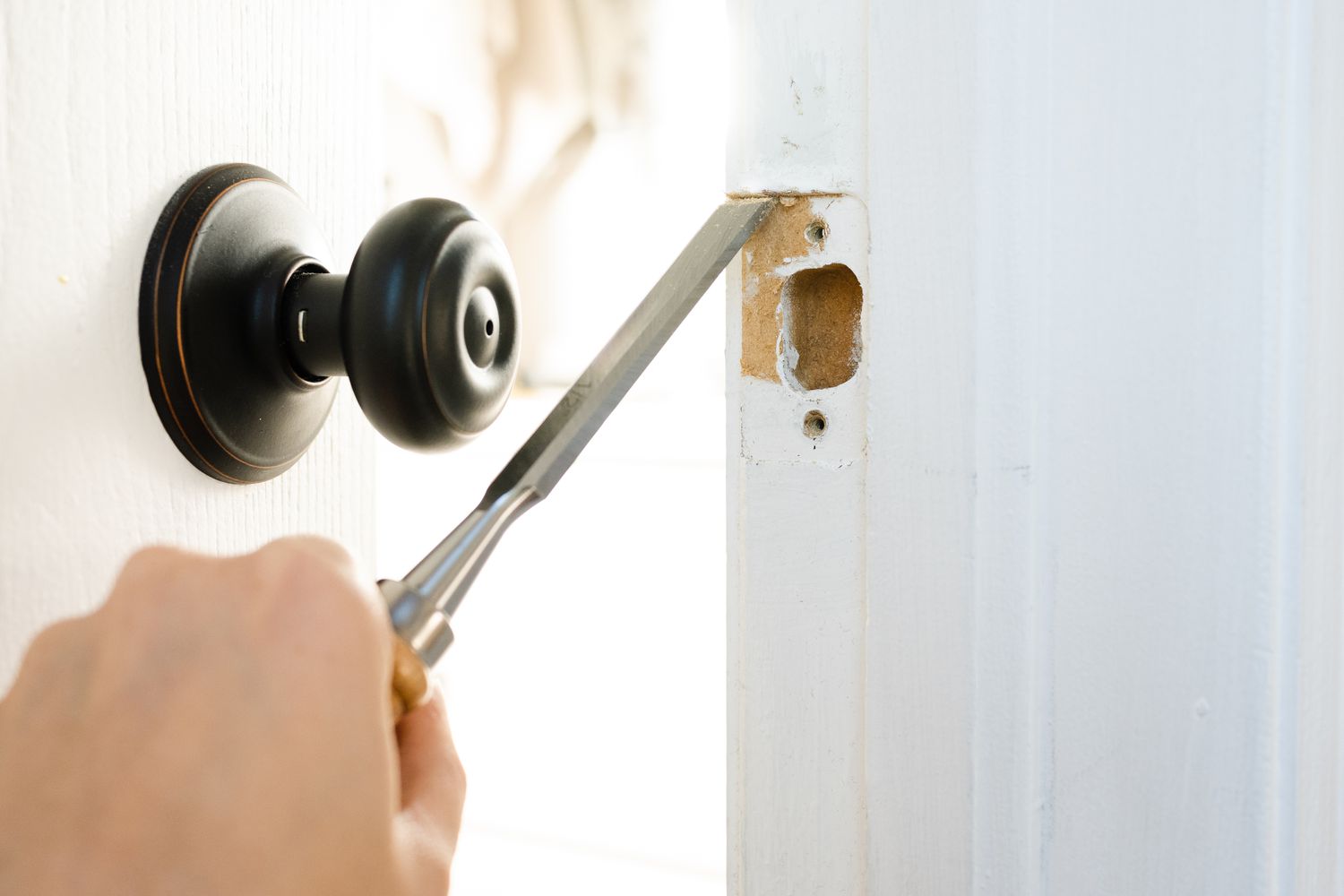
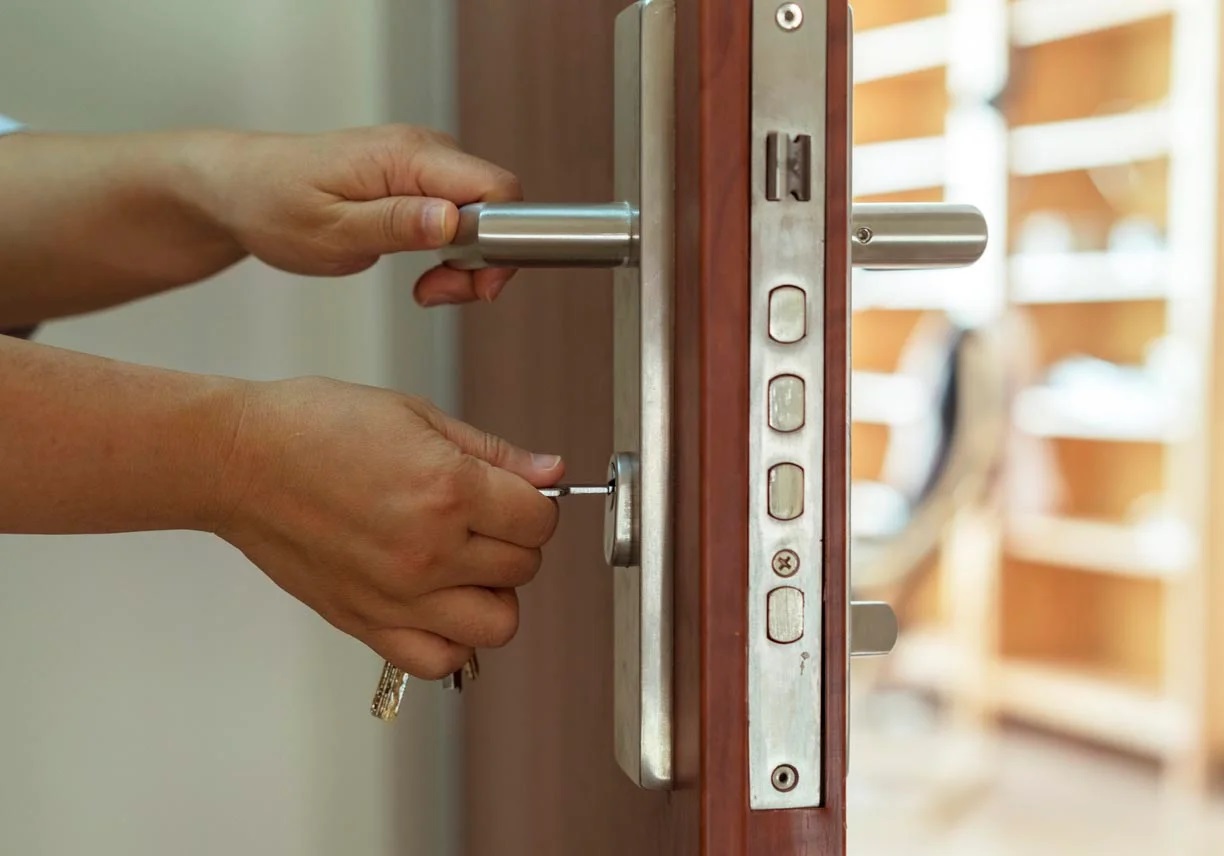
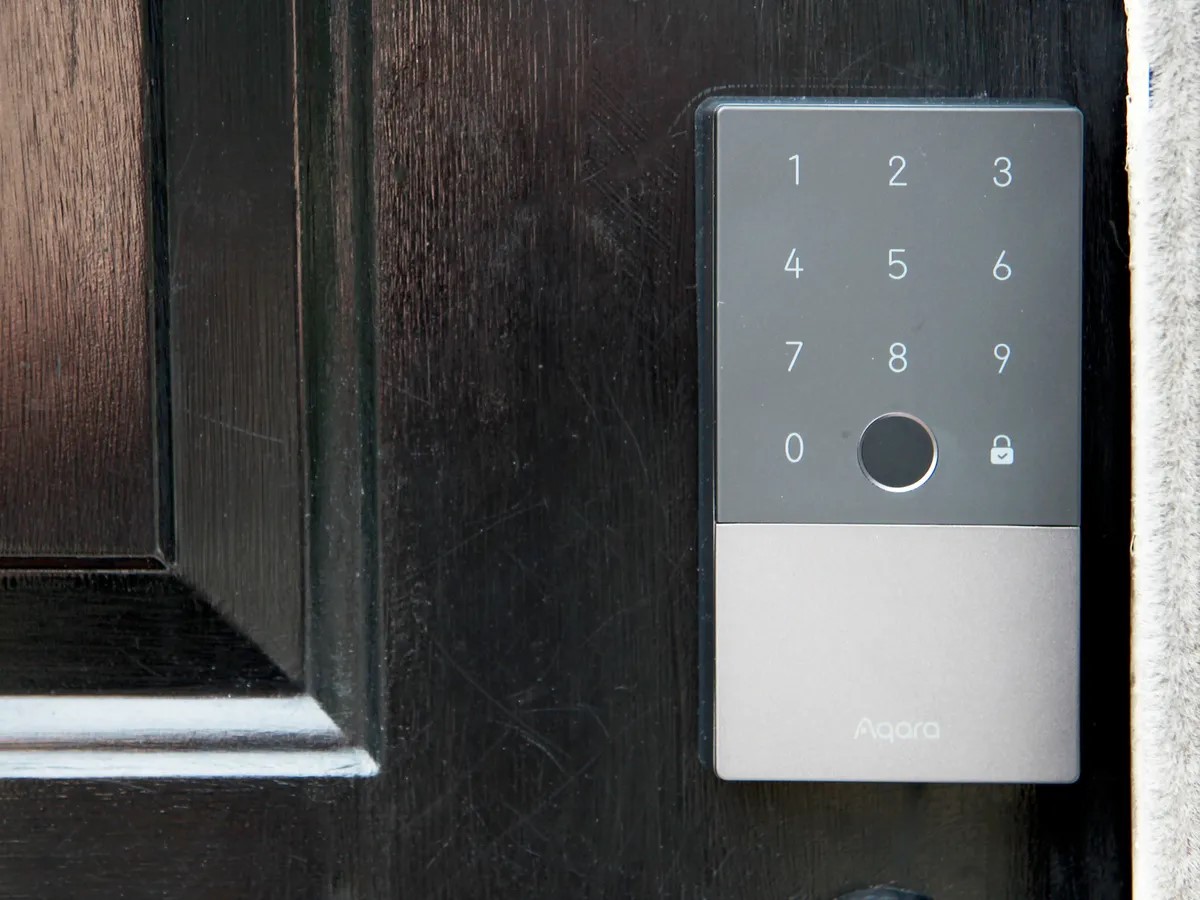
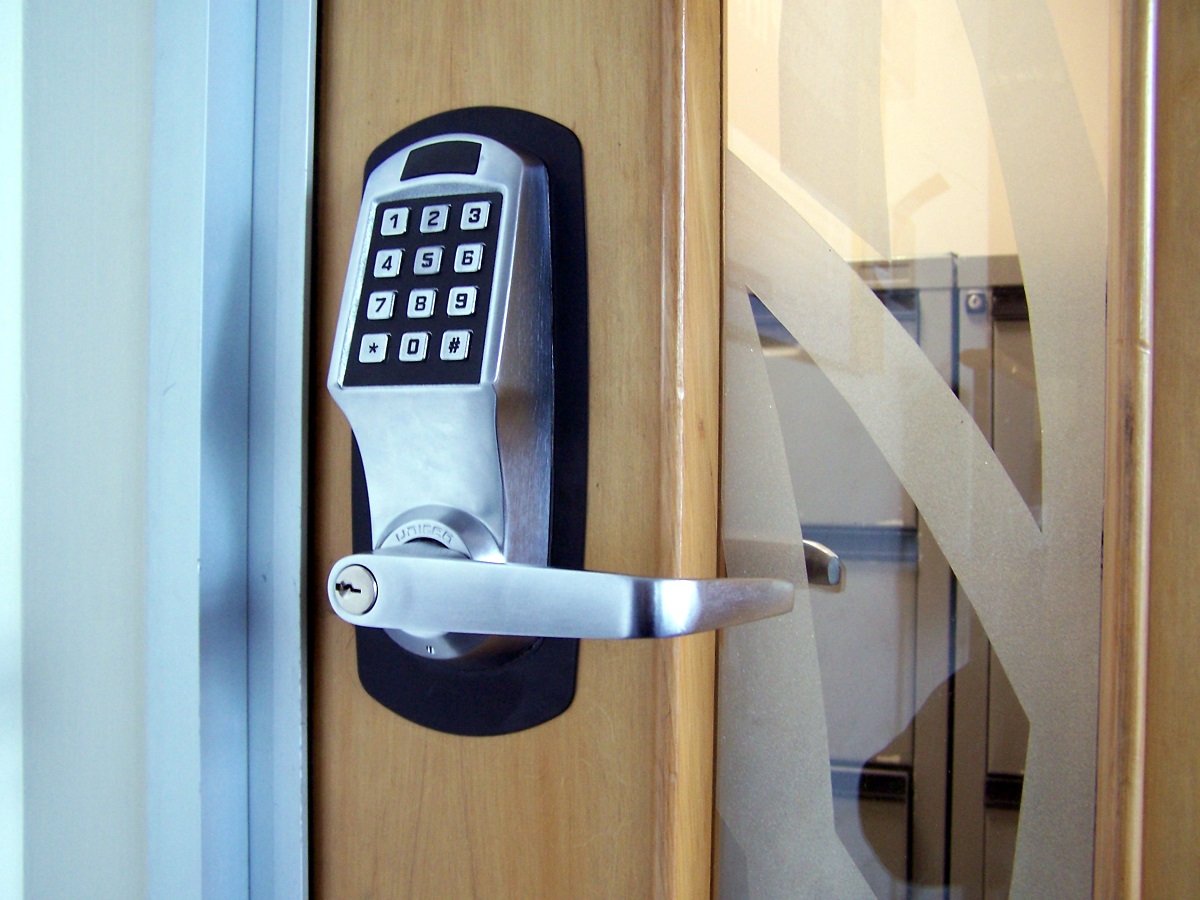
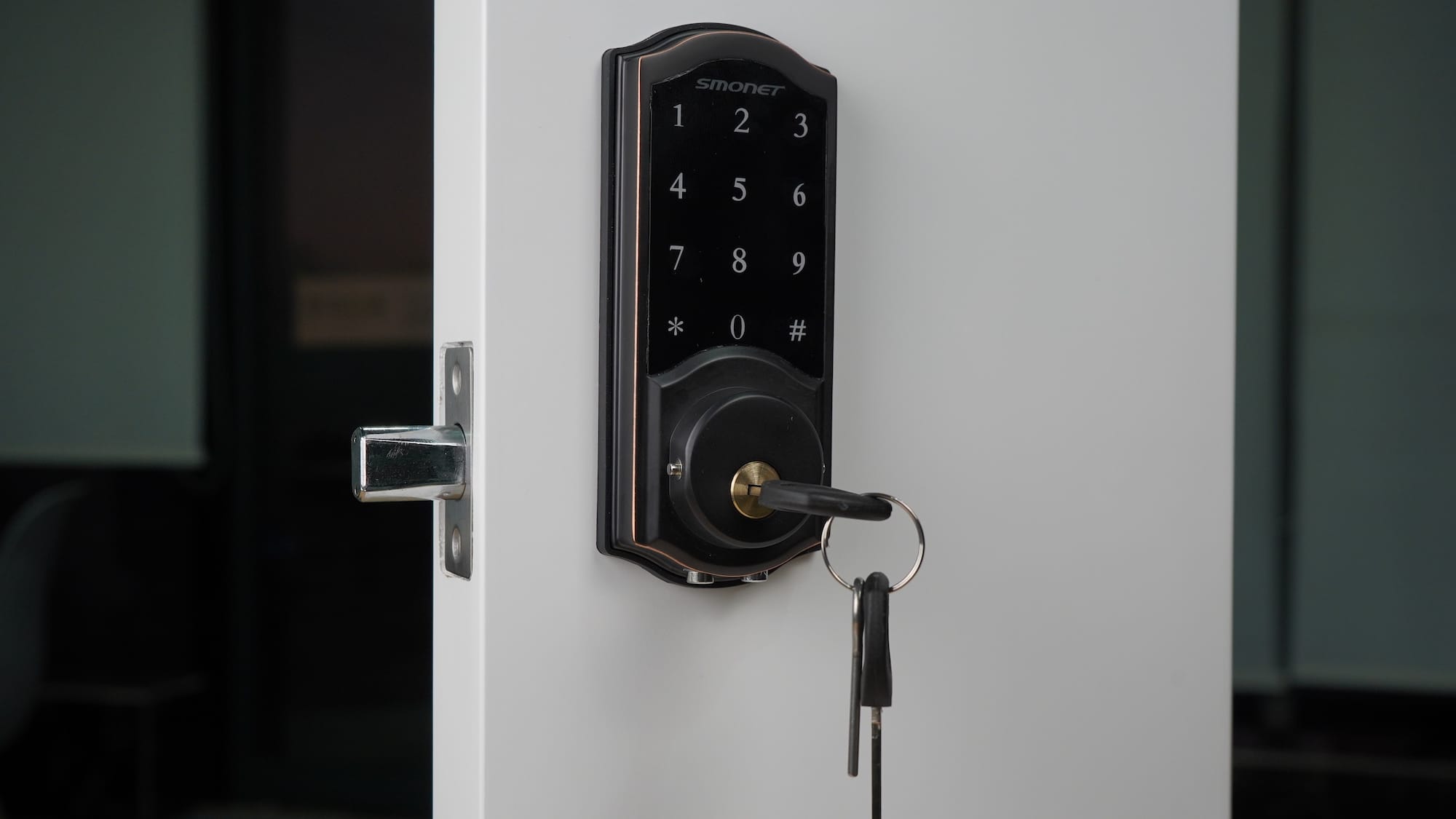
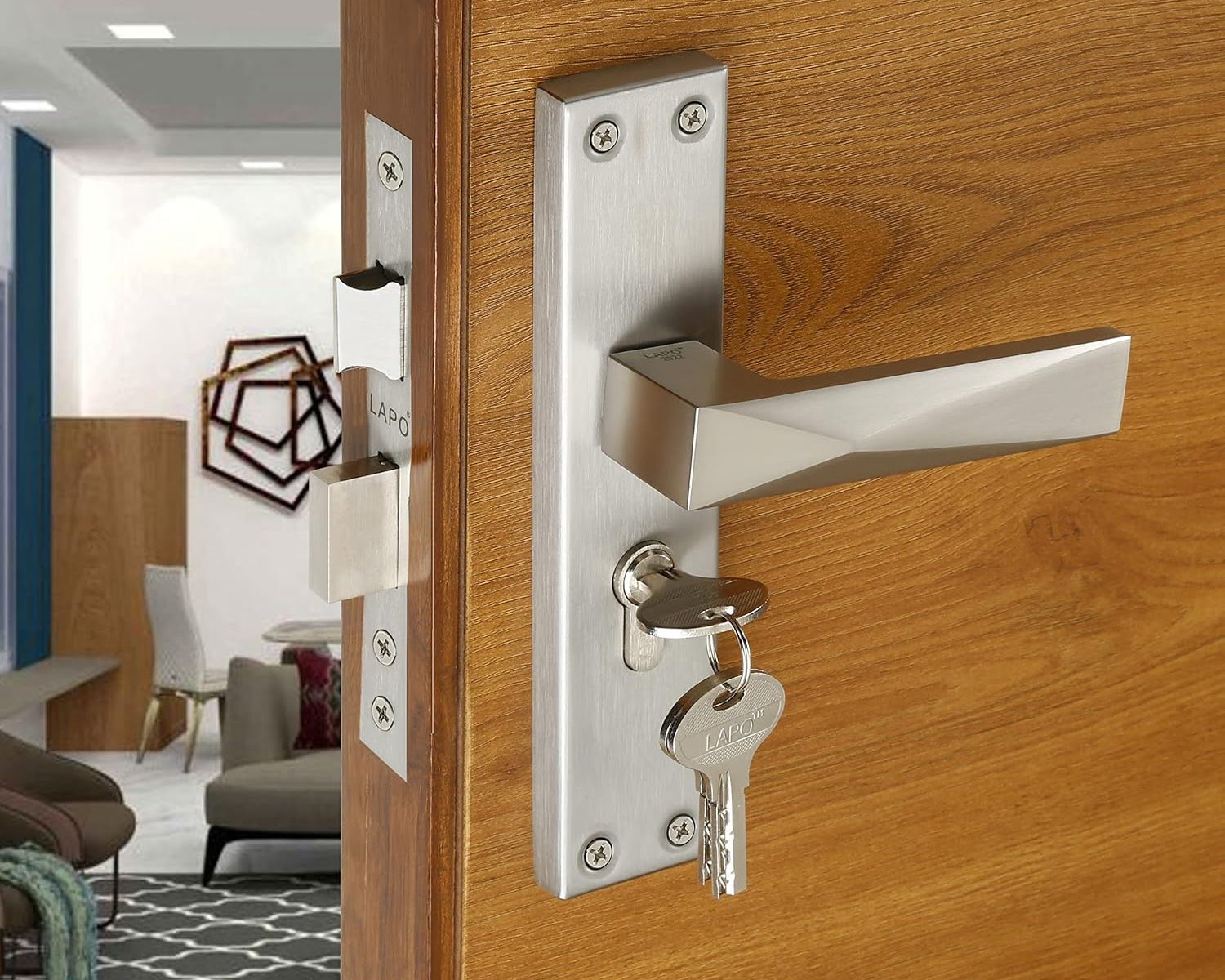

0 thoughts on “How To Lock A Digital Door Lock”